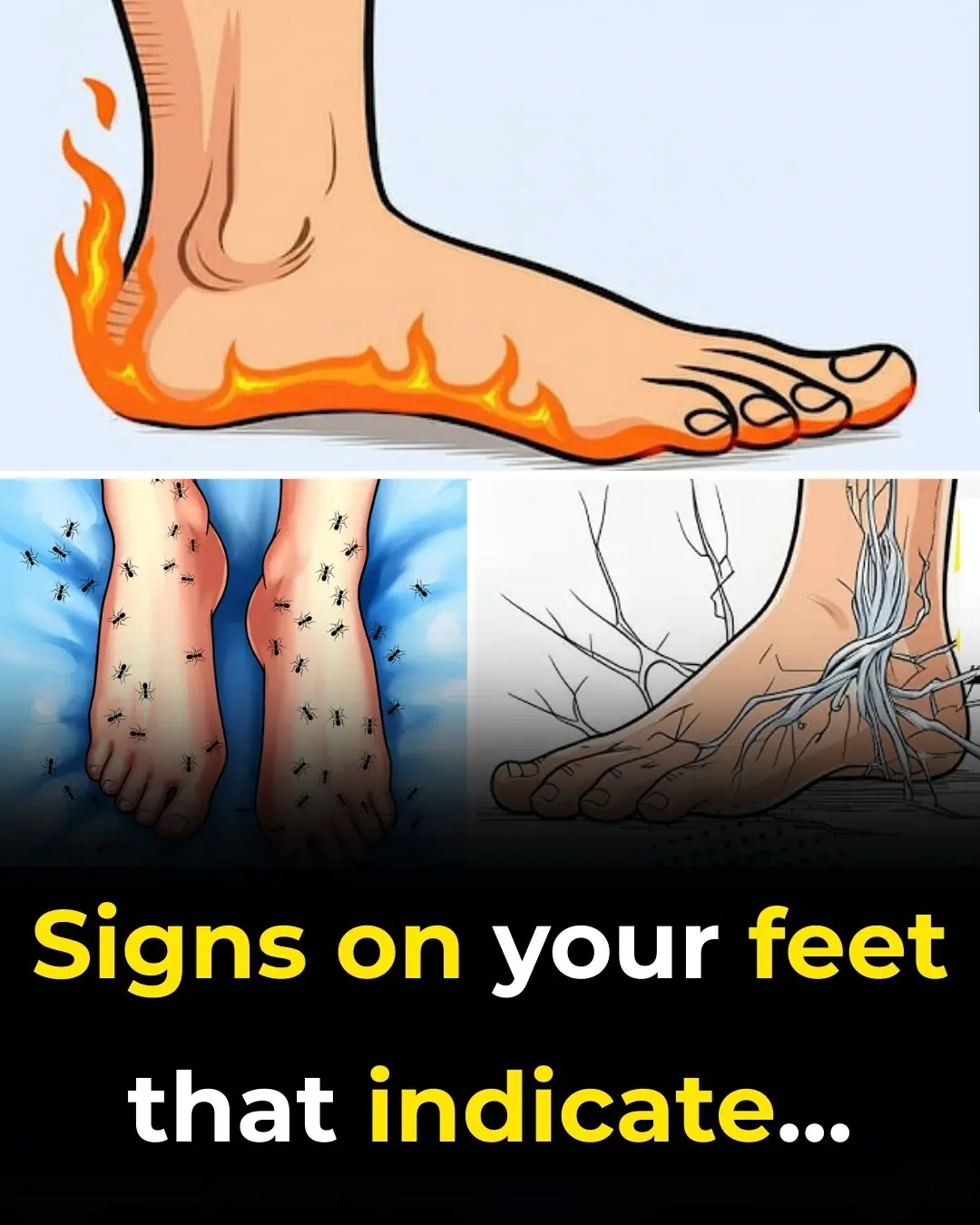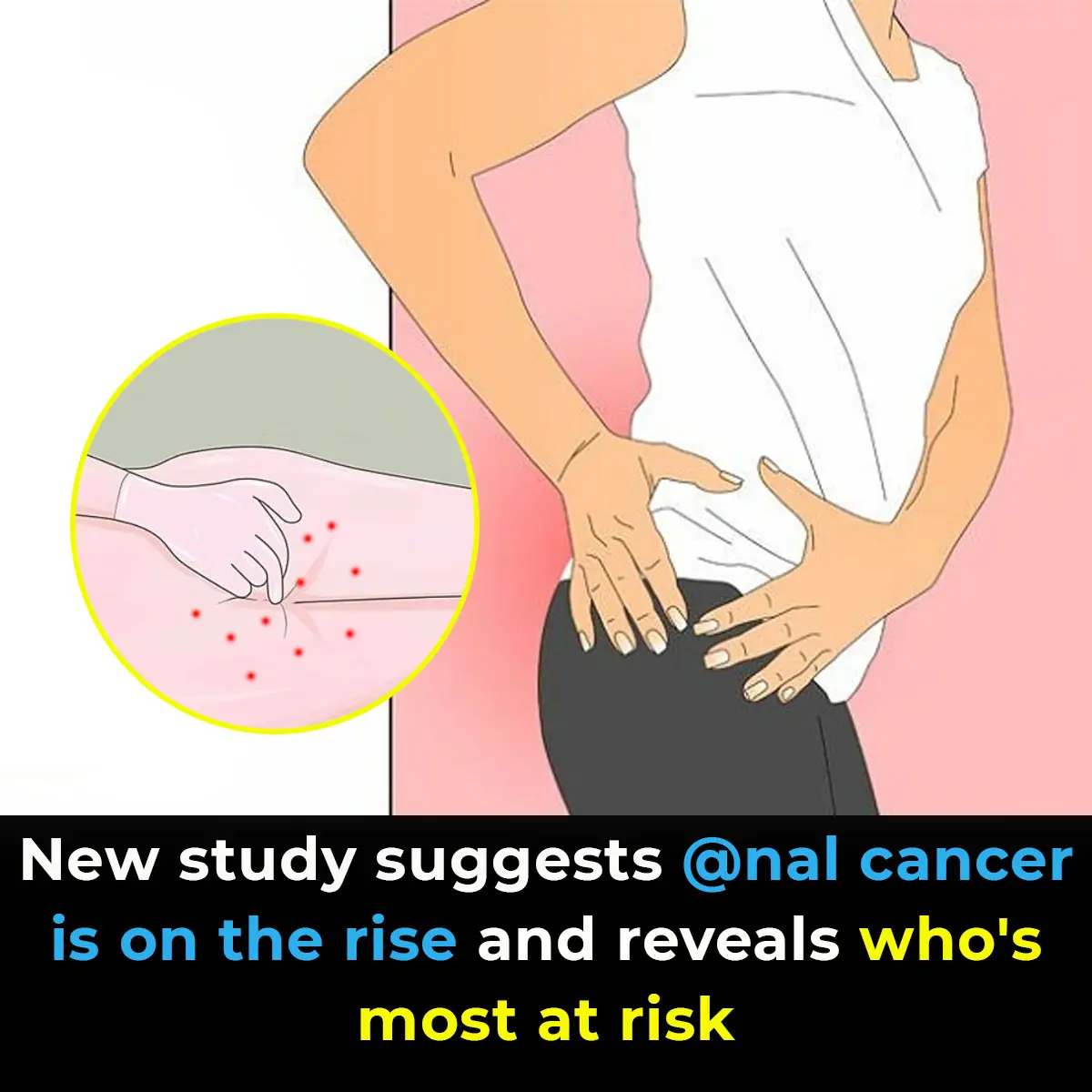
Never Ever Say These 4 Things at a Funeral — No Matter the Situation
When it comes to funerals and expressions of sympathy, your words don’t need to be profound or poetic.
Ticks may look small and harmless, but these blood-feeding arachnids are far more dangerous than most people realize. Knowing how to remove and dispose of them properly could save you from a range of tick-borne diseases that silently threaten both humans and pets.
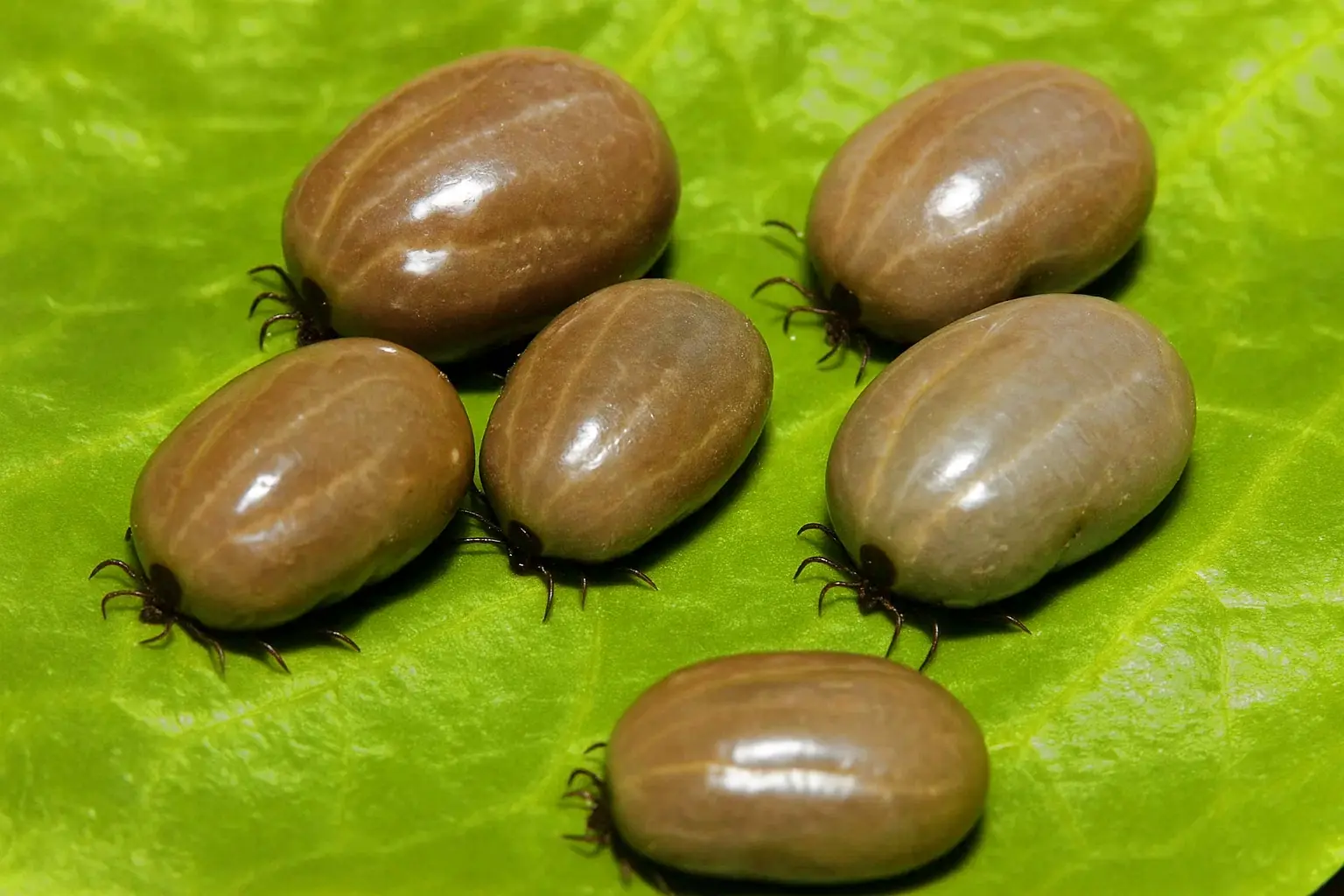
Why Ticks Are a Bigger Problem Than You Think
Ticks are tiny arachnids that feed on the blood of mammals, birds, and even reptiles. While they may appear insignificant, they are known carriers of dangerous illnesses such as Lyme disease, Rocky Mountain spotted fever, babesiosis, and more. If left untreated, these infections can escalate into long-term health problems. This makes it essential to treat every tick bite seriously and practice safe removal and disposal.
What to Do If You Find a Tick on Your Skin
If you discover a tick attached to your body, time is critical. Using fine-tipped tweezers, grasp the tick as close to your skin as possible and pull it out slowly in one smooth, steady motion. Avoid twisting, squeezing, or crushing the tick, as this can force harmful bacteria back into your bloodstream. After removal, wash the bite area with soap and water, then apply an antiseptic.
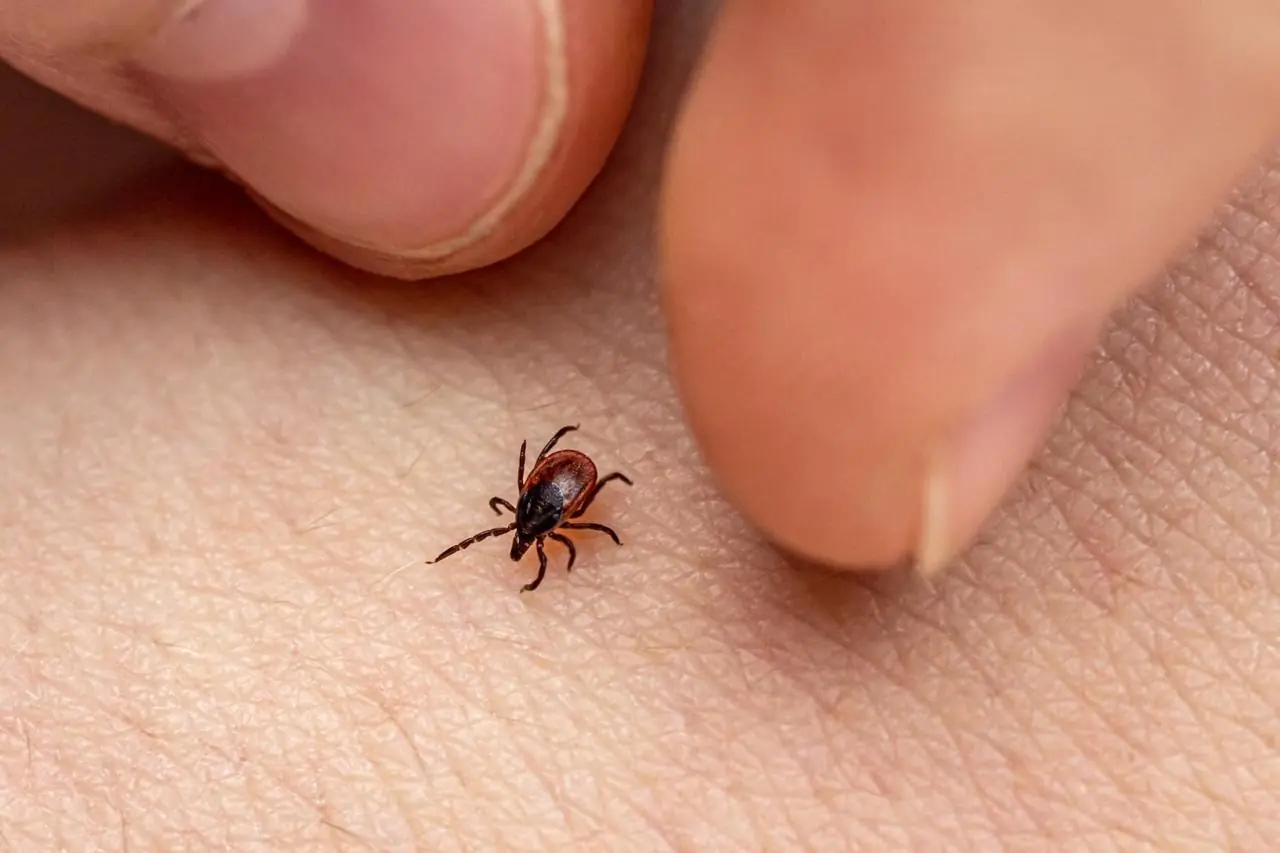
What NOT to Do When Removing a Tick
Many people resort to home remedies—such as smothering the tick with petroleum jelly, using nail polish remover, or burning it with a match—but these methods can make things worse. Such approaches may irritate the tick, causing it to release more pathogens into your skin. The safest removal method is always with fine tweezers and calm, steady hands.
How to Safely Dispose of a Tick
Once the tick is removed, disposing of it properly is just as important as removing it. Place the tick in a sealed plastic bag, tape it securely, or flush it down the toilet. Never crush a tick with your fingers. If possible, keep the tick in a sealed container so your doctor or veterinarian can identify it later in case symptoms develop.
Checking Your Pets for Ticks
Ticks don’t only target humans—they pose a serious risk to pets as well. Regularly check your dog or cat’s ears, armpits, between their toes, around the groin, and under thick patches of fur. Using a fine-toothed comb helps to detect hidden ticks. Because ticks can survive in cold weather, inspections should be done year-round, not just during summer.
To Flush or Not to Flush? The Pet Dilemma
When removing ticks from pets, follow the same careful procedure as with humans. Do not use your bare hands. Use tweezers to pull the tick out entirely, avoiding crushing it. Some veterinarians recommend saving the tick in a sealed container for lab identification, especially if your pet develops symptoms later. If you can’t, flushing it down the toilet or sealing it in tape is a safe alternative.

Lyme Disease and Other Tick-Borne Dangers
Lyme disease is one of the most notorious tick-borne illnesses, caused by the bacterium Borrelia burgdorferi. It can trigger flu-like symptoms, joint pain, fatigue, and a tell-tale bullseye rash. If untreated, it may progress to heart issues, arthritis, and neurological complications. Other tick-borne diseases such as anaplasmosis and babesiosis can also cause fever, chills, muscle aches, and fatigue.
Warning Signs to Watch After a Tick Bite
After any tick bite, it’s important to monitor your health closely. Symptoms such as fever, chills, headaches, body aches, or unusual rashes should not be ignored. If you notice a circular rash or flu-like symptoms within days or weeks, consult a healthcare professional immediately. Early treatment with antibiotics can prevent long-term damage.
The Bottom Line: Stay Alert, Stay Protected
Ticks may be small, but their impact on human and pet health can be enormous. Safe removal and disposal are crucial to reducing risks. Always perform thorough tick checks after outdoor activities, protect your pets with regular inspections, and never ignore symptoms following a bite. By staying informed and cautious, you can protect yourself and your loved ones from these dangerous parasites.

When it comes to funerals and expressions of sympathy, your words don’t need to be profound or poetic.

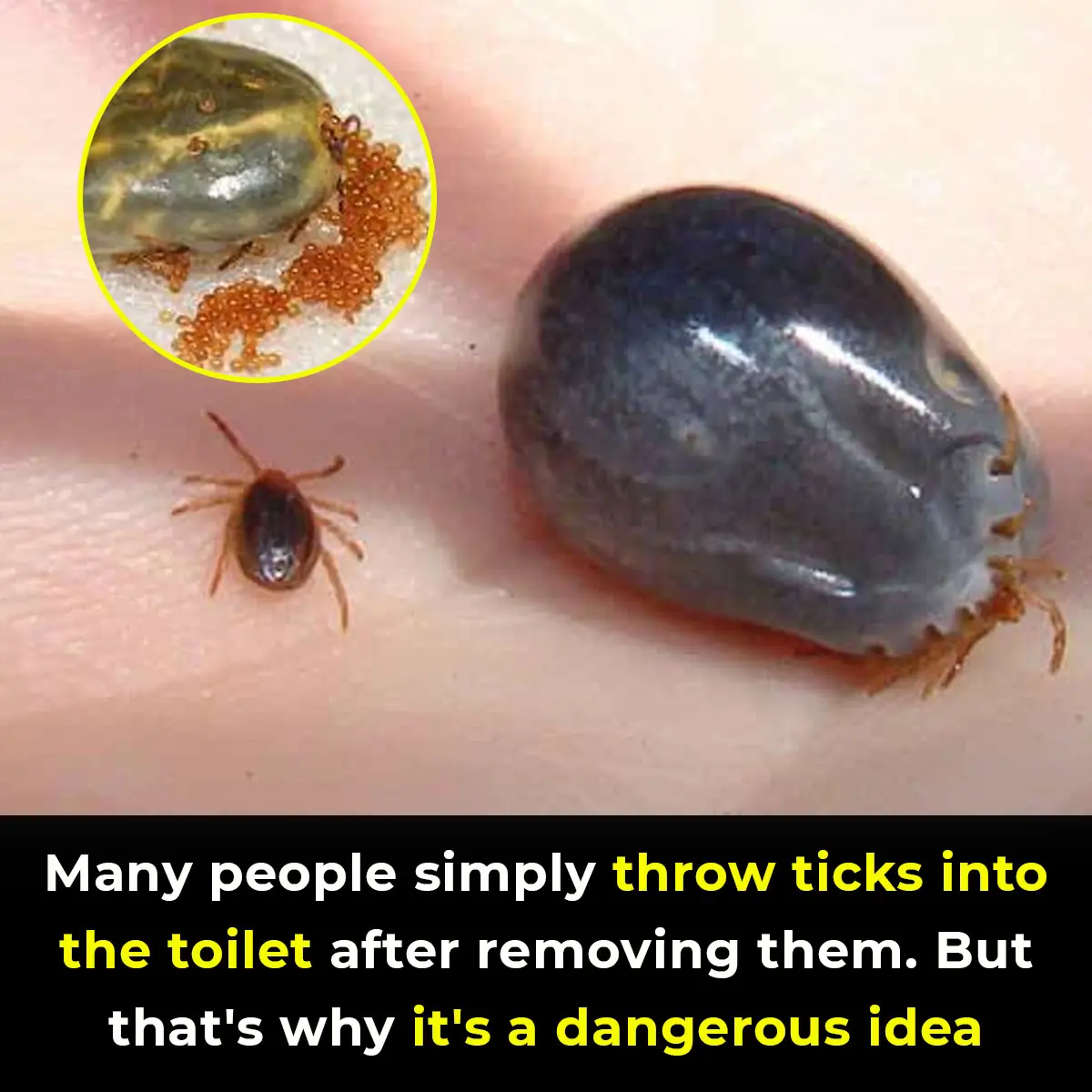


Although they may look frightening or pitiful, they remain a natural example of how viruses can drastically alter an animal’s appearance.

If you love solving puzzles and challenges, this viral hidden words image is just for you!

That tiny hole in a safety pin isn’t just decoration - it’s proof that even the simplest everyday tools can hide smart design secrets.








A 33-year-old woman from Colorado was clinically d:ead for eight minutes—yet she insists she never lost awareness and discovered that death is only an illusion. Her extraordinary account challenges science, spirituality, and everything we think we know


Black butterflies carry meanings that are as mysterious as they are beautiful.
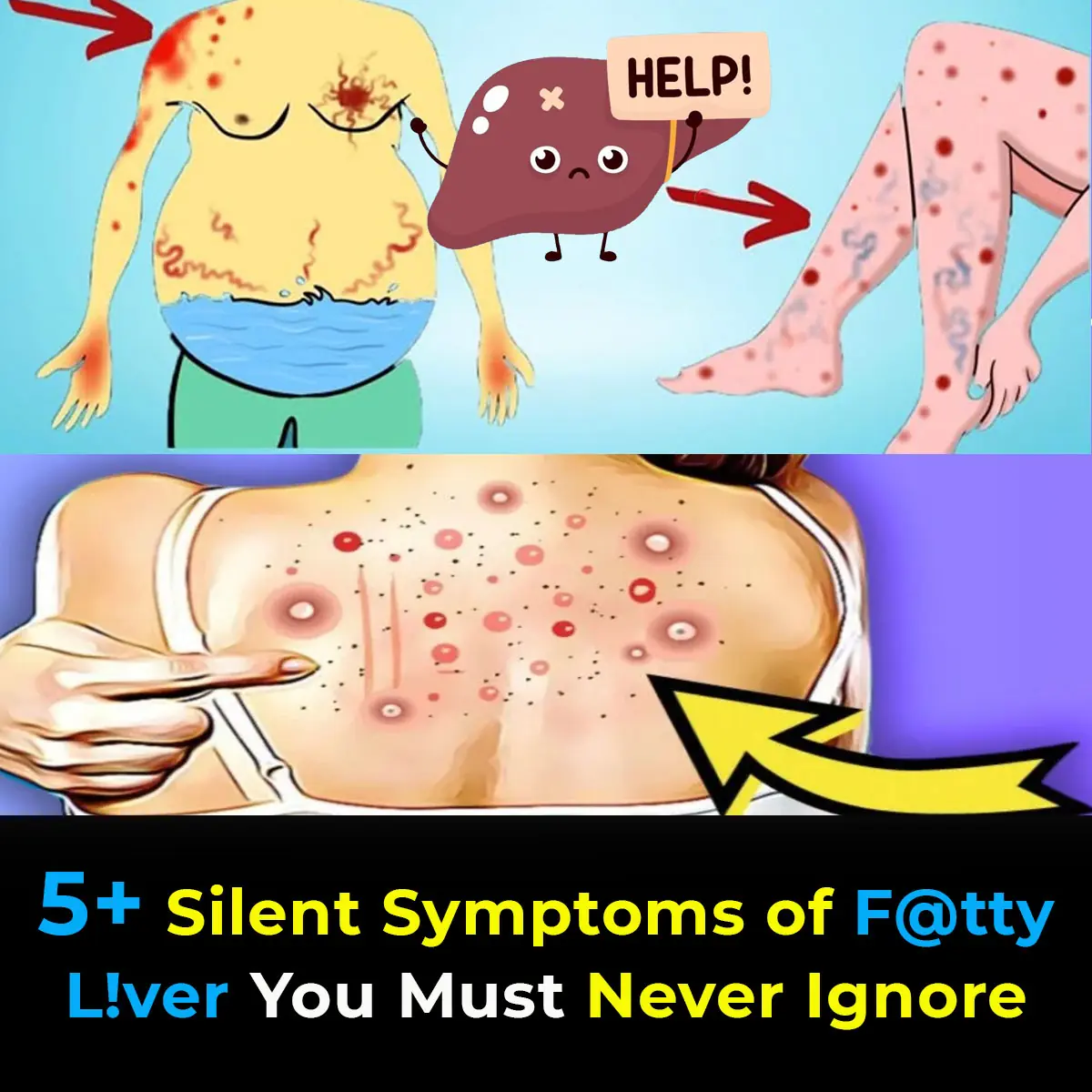
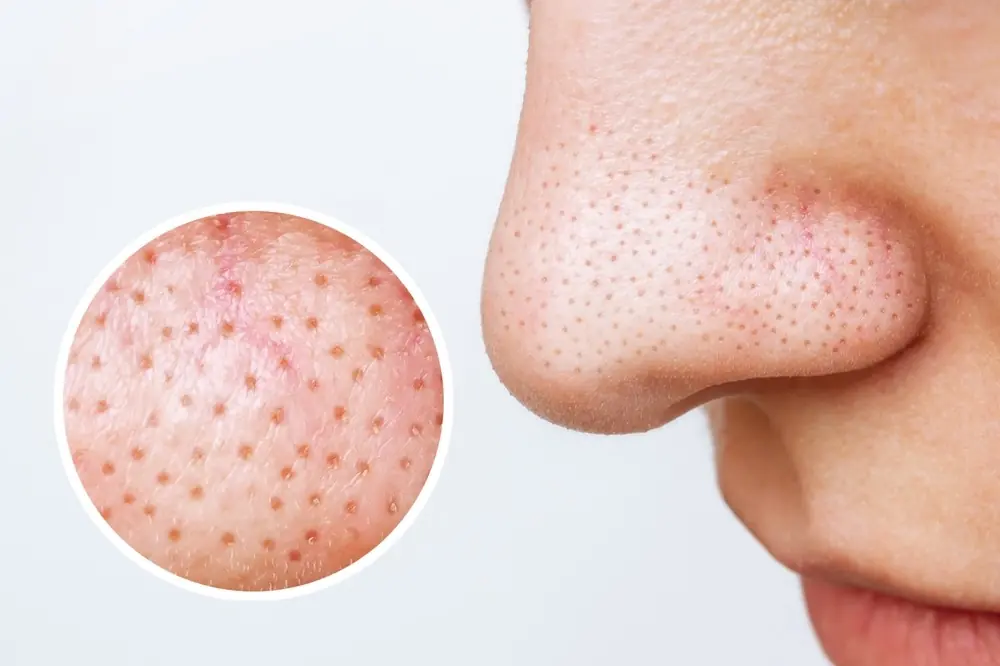



When it comes to funerals and expressions of sympathy, your words don’t need to be profound or poetic.









